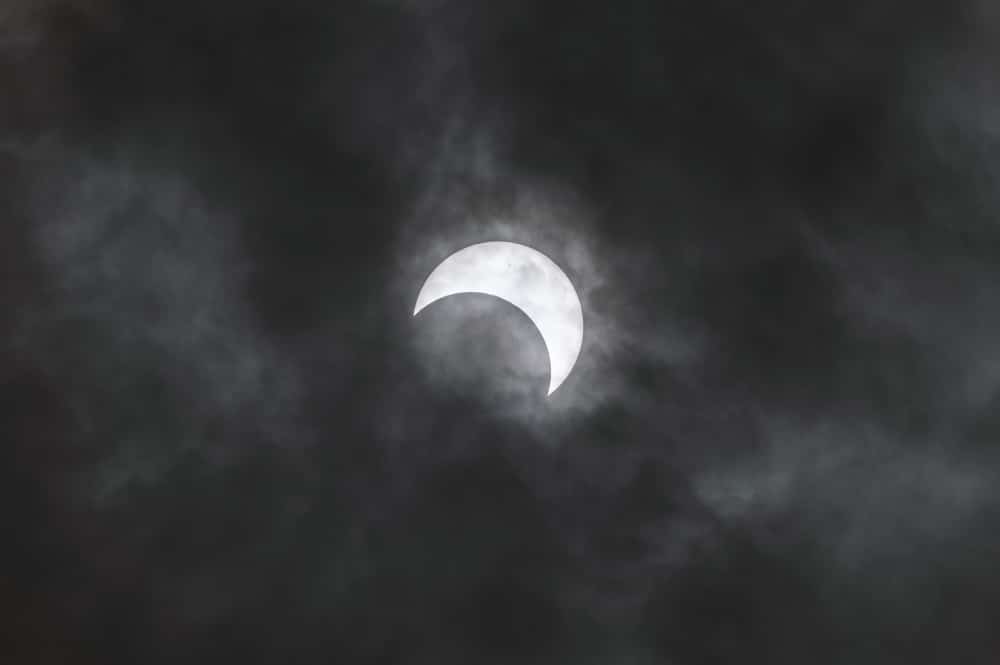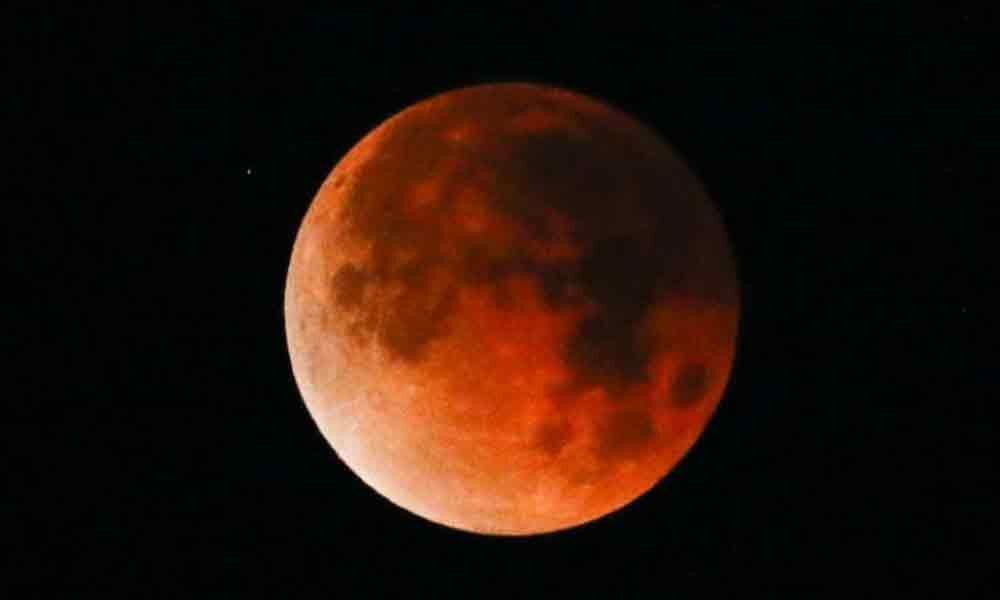
It was the longest partial lunar eclipse since the 15th century. This partial lunar eclipse, the last lunar eclipse of 2021, was visible from North and South America, Australia, and parts of Europe and Asia. ET Sunday, with the total lunar eclipse starting at 11:29 p.m. November 1819, 2021 Partial Lunar Eclipse.


A lunar eclipse usually lasts for a few hours. What people see from Earth during a partial lunar eclipse depends on how the Sun, Earth and Moon align. In a partial eclipse, Earth's shadow appears very dark on the side of the Moon facing Earth. The good news for Moonwatchers, however, is that they won't have to wait that long for another show - there will be a longer total lunar eclipse on November 8 next year, NASA says.Īnd even better news for anyone wanting to watch is that no special equipment is necessary, unlike for solar eclipses. So if you’re in the right spot to watch tonight’s partial lunar eclipse, by all means do so. A partial eclipse will begin at 10:27 p.m. A partial lunar eclipse happens when part of the Moon enters Earth's shadow. The Moons average orbital speed is about 1.03 km/s (2,300 mph), or a little more than its diameter per hour, so totality may last up to nearly 107 minutes. That is the longest partial eclipse since 1440 - around the time Johannes Gutenberg invented his printing press - and won't be beaten until the far-off future of 2669. Partial lunar eclipse This occurs when only a portion of the Moon enters Earths umbra, while a total lunar eclipse occurs when the entire Moon enters the planets umbra. "It's as if all the world's sunrises and sunsets are projected onto the Moon."įrom the moment the eclipse proper begins - when the Moon enters the Earth's shadow - to when it ends will take more than three hours and 28 minutes. "The more dust or clouds in Earth's atmosphere during the eclipse, the redder the Moon will appear," a NASA website explains. Red lightwaves, which are longer, pass easily through these particles. The dramatic red is caused by a phenomenon known as "Rayleigh scattering", where the shorter blue lightwaves from the Sun are dispersed by particles in the Earth's atmosphere. The whole process then goes into reverse as the Moon slithers out of shadow and carries on its endless journey around our planet.

#Partial lunar eclipse full#
An hour later it will appear as if someone has taken a giant bite out of the lunar disc as it starts to pass into the umbra - the full shadow.īy 0845 GMT the Moon will appear red, with the most vivid coloring visible at peak eclipse 18 minutes later.


 0 kommentar(er)
0 kommentar(er)
